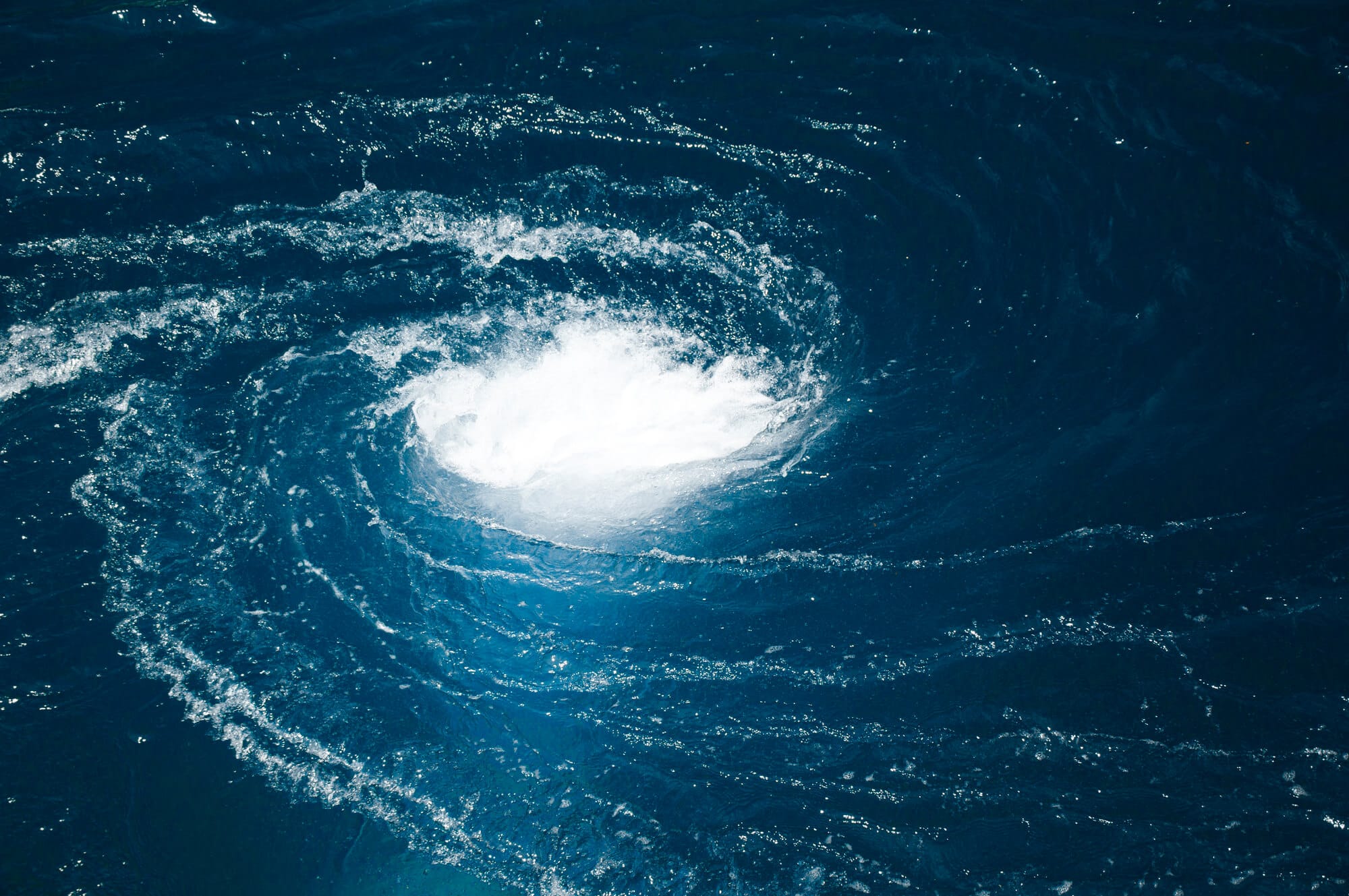The research was able to find a hidden order in apparently "messy" rotating physical systems, such as proteins and vortices

A new theoretical study led by a researcher from Tel Aviv University, managed to find a hidden order in seemingly "messy" rotating physical systems, such as proteins and eddies. The researcher is Dr. Naomi Oppenheimer from the School of Physics and Astronomy in the Raymond and Beverly Sackler Faculty of Exact Sciences, and the research was also partnered by research colleague Dr. Matan-Ya Ben Zion as well as researchers from the USA. The study was published in the journal Nature Communications.
The movement of proteins in the cell membrane (membrane) is one of the problems that occupy many physicists, chemists and biologists. From the second past, on a scale several billion times larger, various atmospheric and oceanographic phenomena are also in the eye of the storm of physical occupation. Although these systems appear to be completely messy and based on random and chaotic movement, the research shows that there are orderly structures within both, and they behave according to the same set of physical rules.
Dr. Oppenheimer explains: "In the new study, we showed that the dynamics of proteins in the membrane is the same as that of eddies in an ideal flow, such as in weather phenomena. This is very surprising, because the physical description of these systems is expressed in different equations and different scales.
A membrane is a very viscous liquid, like honey, so the frictional forces in it are very strong, and if we don't try to actively apply force - nothing will move inside it. On the other hand, in an ideal flow, the viscosity is negligible, meaning that there is almost no friction and everything continues to flow forever calmly, without interruption."
The researchers arrived at the new study with insights from previous studies they conducted, according to which some of the proteins embedded in the cellular membrane rotate, create small vortices, collide with each other and finally organize into a hexagonal structure.
Dr. Oppenheimer expands on the interesting feature that emerged during the research: "We examined a case in which there is a large amount of turbulence. The movement of the vortices is chaotic, but we asked ourselves whether there is still an order hidden in the chaos, even if there are no collisions between the vortices. It turns out that, although there are no collisions, there are still limitations on the distribution of eddies on the surface."
Here, the researchers claim, conservation laws come into play. In nature there are several basic conservation laws such as conservation of energy, conservation of momentum and conservation of charge. The German-Jewish physicist Emi Neter cracked the connection between symmetry and conservation laws about a hundred years ago. She distilled it into a sentence of great mathematical beauty and which is named after her.
"In the case of the vortices," adds Dr. Oppenheimer, "there are geometric conservation laws that arise from the symmetry in the structure of the system. These laws dictate to the system various spatial limits on the distribution of the eddies - it is fascinating to see that even if the movement is chaotic and messy, eddies never move too far from each other nor do they get too close to each other, and this is precisely due to the laws of conservation."
The feature that Dr. Oppenheimer talks about and which prevents the vortices from approaching or moving away from each other and producing a kind of non-trivial order, is called "hyper-uniformity". This feature is quite common in nature, and it appears, for example, in the light receptors in the eyes of many birds, and apparently helps them see better.
Dr. Oppenheimer adds, "The second and no less interesting phenomenon that we have seen is that when there are two types of eddies, one type is slow and the other is fast, a strange dynamic occurs which results in the fact that at the end of a certain period of time the slow eddies will be outside and the fast eddies will be inside, because the fast eddies so-called 'steal' ' Order from the slow eddies. We were also able to explain this phenomenon in terms of the conservation laws of the system and other considerations. One of the hottest issues in physics these days is projection from microscopic to macroscopic systems and vice versa, so our research creates exactly this bridge, and I believe that there will be many follow-up studies around this magical dynamic."
Basically the research is valid for everything that circulates in liquid or air as long as the dynamics is two-dimensional, so hurricanes and proteins are just examples. You can perhaps say in general - whirlwinds.
In the previous articles we did not talk about hyperuniformity nor about phase separation. That is, if in the first article we looked at proteins that have a size and can collide, in this article we also look at the more "pure" case where the interaction is of vortices only, that is, only through the liquid, without collisions. We saw these two interesting phenomena. The first, hyperuniformity, is the order hidden in the chaos. Even though the movement is chaotic there is order in their dance, eddies never get too close but also never get too far apart (a bit like us as a society in this pandemic).
"The second phenomenon we see is a kind of phase separation, like oil and water separate. But in this case the separation is dynamic, meaning unlike thermodynamic phase separation here the system is not in equilibrium. Despite this, we show that it is possible to borrow tools from the thermodynamic world to understand it." Dr. Oppenheimer concludes.
More of the topic in Hayadan:
